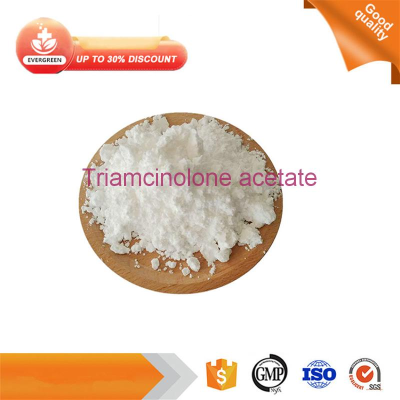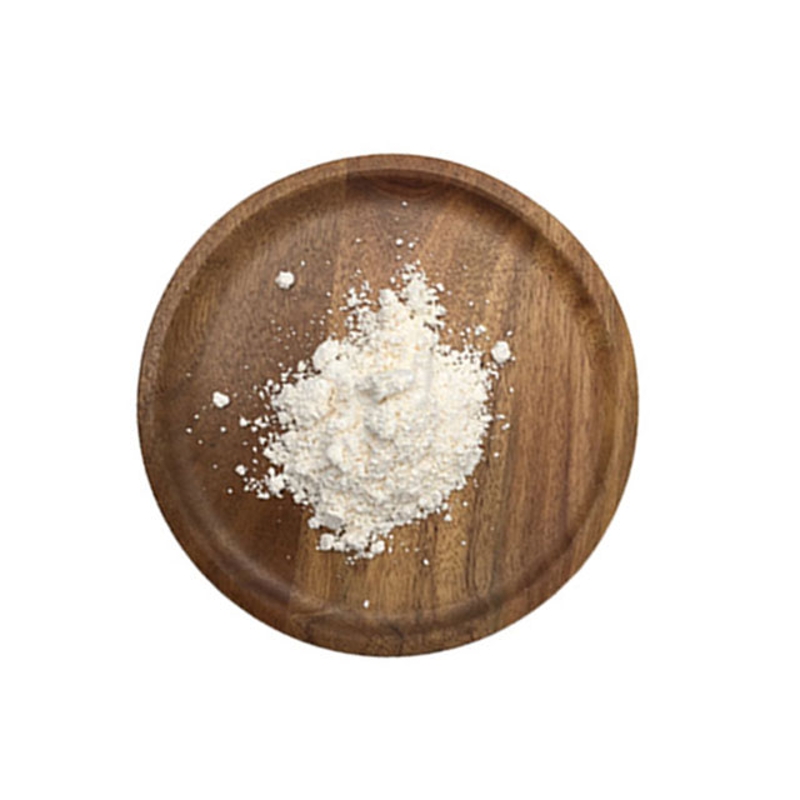-
Categories
-
Pharmaceutical Intermediates
-
Active Pharmaceutical Ingredients
-
Food Additives
- Industrial Coatings
- Agrochemicals
- Dyes and Pigments
- Surfactant
- Flavors and Fragrances
- Chemical Reagents
- Catalyst and Auxiliary
- Natural Products
- Inorganic Chemistry
-
Organic Chemistry
-
Biochemical Engineering
- Analytical Chemistry
- Cosmetic Ingredient
-
Pharmaceutical Intermediates
Promotion
ECHEMI Mall
Wholesale
Weekly Price
Exhibition
News
-
Trade Service
Background: Indonesia, the country with the largest Muslim population, is expected to have a Muslim population
of 238 million in 2010.
As of 2018, Indonesia has a diabetes prevalence of 10.
9% and has been ranked as the seventh largest diabetic country in the
world.
Fasting during Ramadan is an important event
for Muslims.
Long-term fasting may affect the metabolic status of people with diabetes, including hypoglycemia, hyperglycemia, ketoacidosis, dehydration, and increased risk of
complications.
People with diabetes in Indonesia fast for a month during Ramadan, fasting for at least 13 to 14 hours
a day.
There is no consensus on
the most appropriate oral antidiabetic drug (OAD) to use during Ramadan for patients with T2 DM.
In Indonesia, sulfonylureas (SU) remain the most commonly used OAD
after metformin.
SU is known to have a higher risk of hypoglycemia, which raises some concerns
about its use during Ramadan.
Multiple studies have shown that many patients with T2DM may continue to safely use second-generation SU
during Ramadan.
Multiple randomized clinical trials (RCTs) have shown that gliclazide has a lower risk of hypoglycemia compared to other SUs, even during Ramadan
.
Gliclazide is a newer formulation and has shown a lower risk
of hypoglycemia with extended-release (MR) preparations of gliclazlazide compared to other SUs, even during fasting.
The effectiveness and safety of glicllazide MR during Ramadan has not been studied
in real life.
THE INDONESIA-DIARAMADAN STUDY IS PART OF THE GLOBAL-DIARAMADAN STUDY, WHICH WAS CONDUCTED
IN COUNTRIES IN THE MIDDLE EAST, AFRICA, SOUTH AND SOUTHEAST ASIA.
To the best of our knowledge, our study is the first real study
of gliclazide MR in patients with T2 DM who fasted during Ramadan.
Objective: To assess the safety (based on hypoglycemic event (HES)), efficacy (based on changes in glycosylated hemoglobin), and tolerability of gliclazide MR in Indonesian Muslims with controlled or suboptimal T2 DM (HbA1c<9%)
during Ramadan.
Methods: This study was part of the DIA-Ramadan study, a prospective observational study in patients with T2 DM aged > 18 years who had controlled or suboptimal blood glucose levels and who underwent Ramadan fasting
.
Participants received gliclazide MR for at least 90 days before the study and had their body mass index (BMI), fasting blood glucose (FPG) and glycosylated hemoglobin (HbA1c) levels measured before Ramadan (V0) and after Ramadan (V1), respectively
.
Results: Of the 198 participants in the study, only two participants (1.
0%) reported symptomatic HES (confirmed or undiagnosed) and no severe HES was reported
.
There were no significant changes in glycosylated hemoglobin and fasting blood glucose (p>0.
05).
Interestingly, from before Ramadan to after Ramadan, body weight (-0.
4 kg) decreased (p<0.
001).
Throughout the study, few participants reported discontinuation of gliclazide MR; However, one participant reported switching diabetes treatment to diet only
.
Fig.
1 Antidiabetic therapy
at baseline (V0).
DPP4, a dipeptidyl peptidase 4 inhibitor; GLP1RA, glucagon-like peptide-1 receptor agonist; MR, modified release; SGLT2i, a sodium-glucose cotransporter 2 inhibitor; TZD, thiazolidinedione
.
Figure 2 HbA1c and fasting blood glucose levels
for V0 and V1.
(A) Average HbA1c and fasting blood glucose levels
for V0 and V1.
(B) Proportion
of patients within the specified HbA1c range of V0 and V1.
Fig.
4.
184 Average weight
of V0 and V1.
SD, standard deviation
.
Conclusion: Gliclazide MR is safe and well tolerated in Indonesian patients with type 2 diabetes mellitus fasting during Ramadan fasting, and can effectively maintain blood glucose control
.
Original credit: Soelistijo SA, Aman AM, Zufry H, et al.
Indonesia DIA-RAMADAN Study: A Real-life, Prospective and Observational of Gliclazide MR in Type-2 Diabetes Patients During Ramadan Fasting.
Acta Med Indones 2022 Jan; 54(1)







